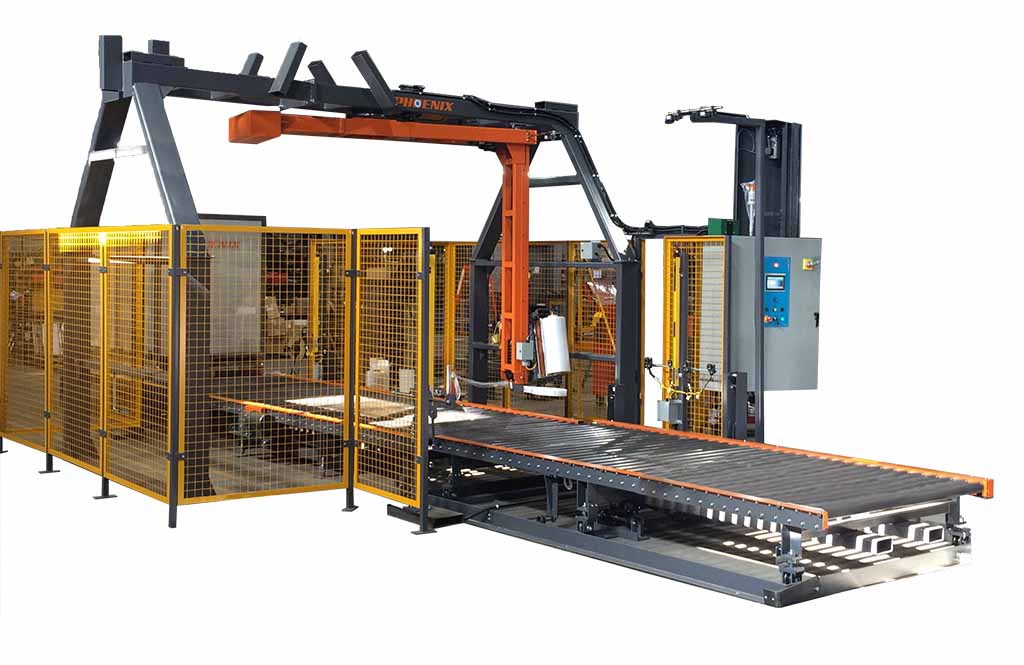In the art world, the relationship between an artist and their art dealer is one of the most crucial partnerships. It is a unique collaboration that plays a pivotal role in shaping the artist’s career, as well as the dealer’s gallery. When nurtured correctly, this relationship can be incredibly rewarding for both parties, fostering creativity, growth, and success. But what exactly goes into building a successful artist-dealer partnership? Let’s explore the dynamics of this relationship and how it can be mutually beneficial.
Trust and Communication: The Foundation
At the heart of any successful artist-dealer relationship is trust. An artist needs to trust that their dealer is representing their best interests, and a dealer needs to trust that the artist will deliver quality work that resonates with collectors and audiences alike. This trust is built over time and is reinforced through clear, open communication.
For an artist, it’s important to feel comfortable discussing their vision, pricing, and career goals with their dealer. In turn, a good dealer will provide constructive feedback, marketing insights, and guidance on navigating the complexities of the art market. Regular communication ensures both parties are aligned and working toward common objectives.
The Dealer’s Role: Championing the Artist
One of the most important roles an art dealer plays is being the artist’s advocate. Dealers are the bridge between artists and collectors, galleries, and institutions. They work tirelessly to showcase the artist’s work to the right audiences, whether through gallery exhibitions, art fairs, or private viewings.
A skilled dealer understands the nuances of the market and can position an artist’s work in a way that attracts serious collectors and gains critical recognition. This includes creating opportunities for exposure, negotiating sales, and managing the artist’s professional image. By aligning themselves with galleries like Otomys commercial gallery, which offers a space for contemporary and innovative art, both dealers and artists can thrive in an environment that values quality and artistic expression.
The Artist’s Role: Creative and Professional Consistency
While the dealer’s role is to represent and promote, the artist’s role is to create. However, a successful artist-dealer relationship requires more than just artistic talent. Consistency in production, meeting deadlines, and maintaining a professional approach to collaboration are equally important.
Artists who understand the business side of the art world and work cooperatively with their dealers are more likely to build long-term, successful partnerships. This doesn’t mean compromising artistic integrity, but rather finding a balance between creative freedom and meeting the market demands that a dealer may identify.
Mutual Growth: A Symbiotic Relationship
A successful artist-dealer relationship is symbiotic. As the artist’s reputation grows, so does the dealer’s. The dealer benefits from representing a sought-after artist, while the artist benefits from the exposure, connections, and sales generated by the dealer’s efforts.
For example, a dealer might introduce the artist’s work to a prestigious exhibition or museum, which elevates the artist’s profile and, in turn, enhances the dealer’s standing within the art world. This mutual growth fosters loyalty and longevity in the partnership.
Financial Considerations: A Transparent Approach
Money matters can be a sensitive aspect of the artist-dealer relationship. That’s why transparency is key. Both parties should have a clear understanding of commission structures, payment timelines, and any additional costs involved in promoting the artist’s work. Having these financial discussions early on helps avoid misunderstandings and ensures that both the artist and dealer feel fairly compensated for their contributions to the partnership.
Evolving Together: Adapting to Change
The art world is constantly evolving, and both artists and dealers must adapt to changing trends, market conditions, and technological advancements. A successful partnership is one that can evolve over time, with both parties being flexible and open to new opportunities. Whether it’s exploring online exhibitions, collaborating with new galleries, or branching into different mediums, an artist-dealer relationship thrives when both parties are willing to grow and change together.
The relationship between artists and art dealers is one of mutual respect, trust, and collaboration
When both parties work together with clear communication, shared goals, and a commitment to professionalism, the results can be extraordinary. It is a partnership that not only supports the artist’s creative journey but also helps build a sustainable career. In the end, the most successful artist-dealer relationships are built on a foundation of mutual benefit – where both parties grow, evolve, and succeed together. By focusing on building and maintaining these important partnerships, artists and dealers alike can create a lasting legacy in the ever-changing world of art.







